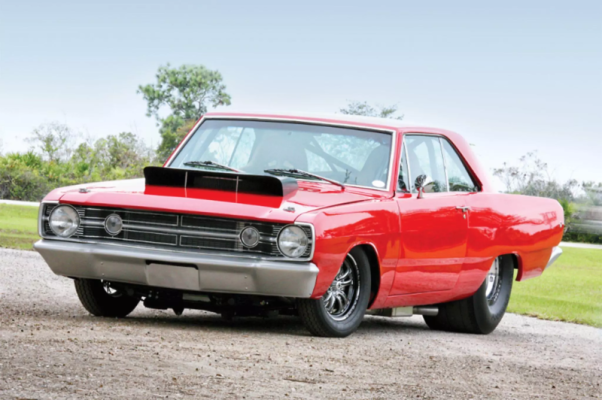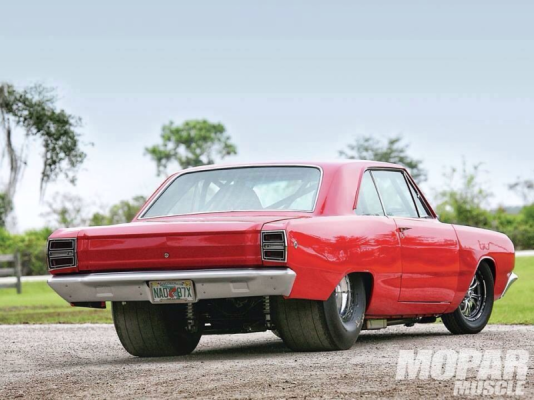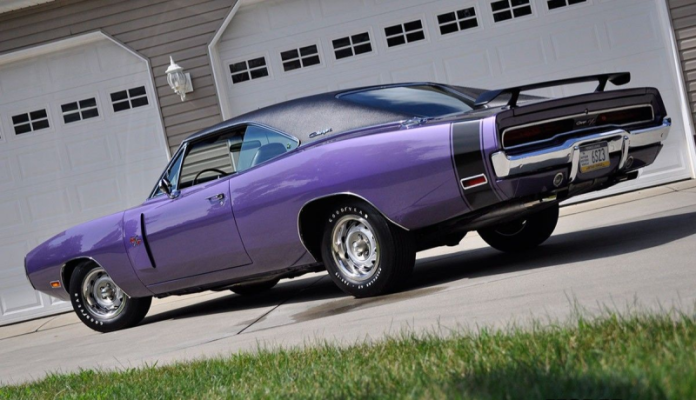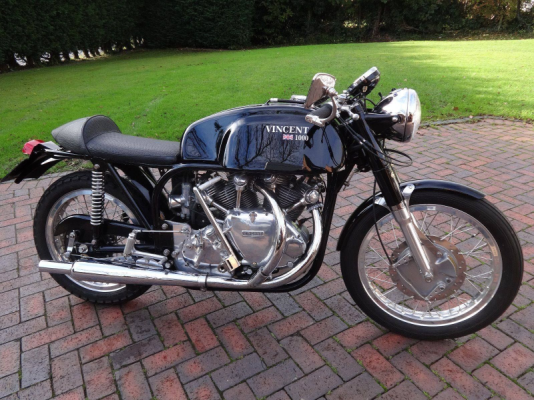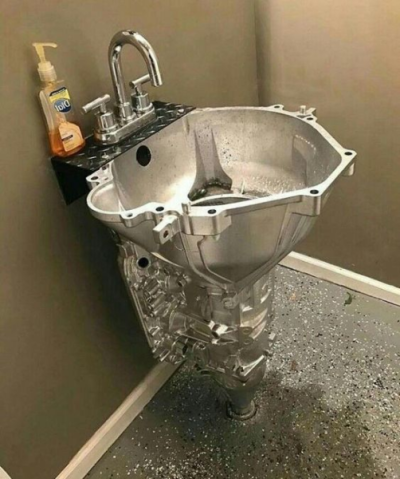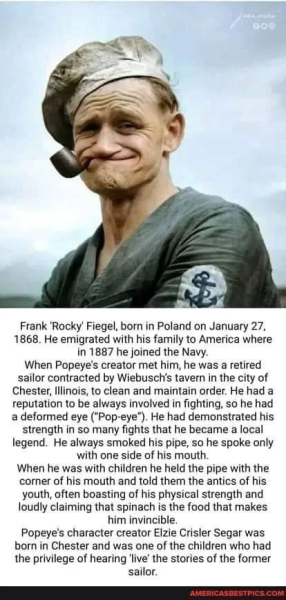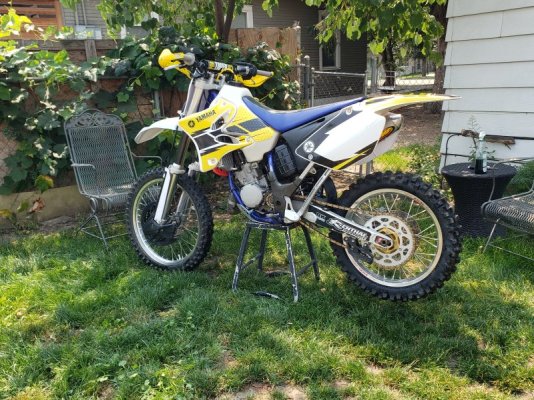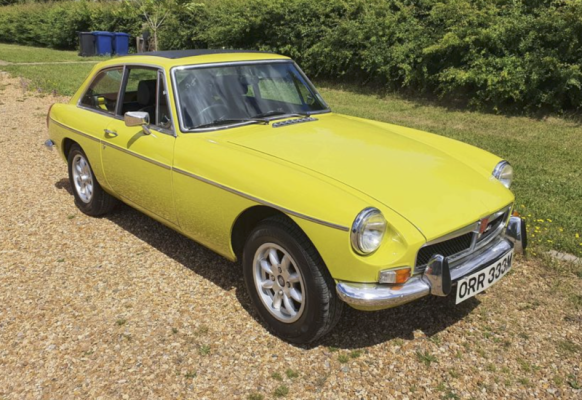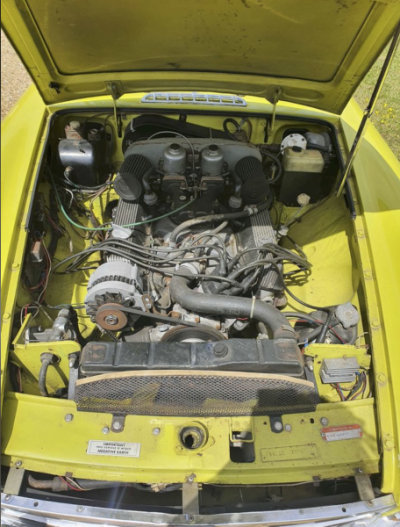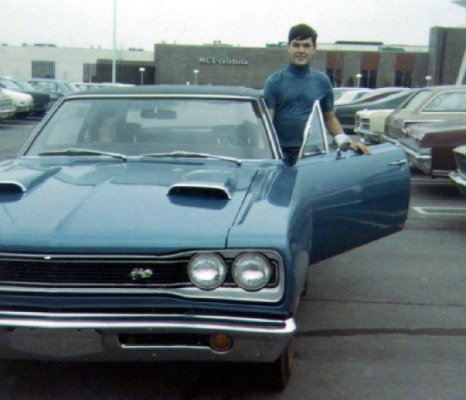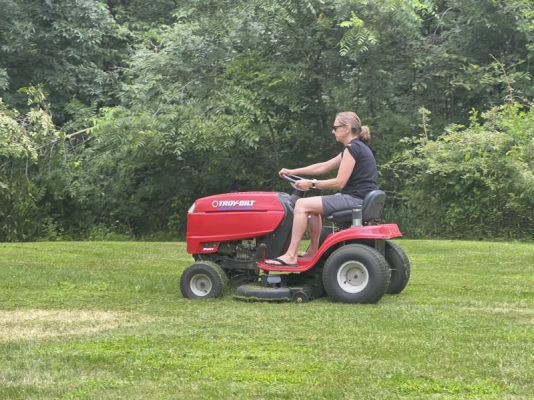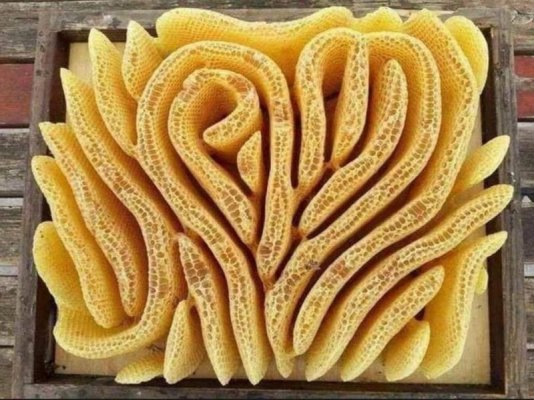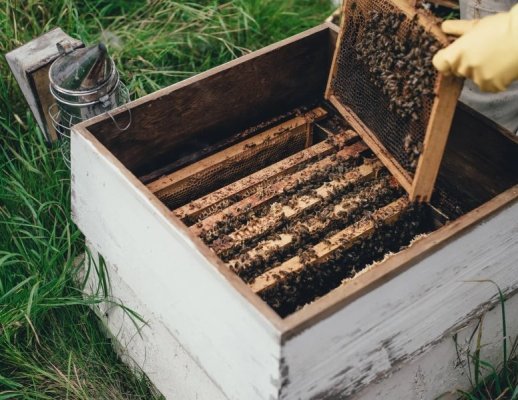You are using an out of date browser. It may not display this or other websites correctly.
You should upgrade or use an alternative browser.
You should upgrade or use an alternative browser.
Random picture thread
- Thread starter HEMI-ITIS
- Start date
- Local time
- 11:15 AM
- Joined
- Jan 29, 2018
- Messages
- 24,010
- Reaction score
- 89,736
- Location
- Midland Ontario, Canada
Whole knew meaning to "you take the stick"!Unless you want to pull over to the curb to go to the bathroom....... LOL.
- Local time
- 8:15 AM
- Joined
- Jan 31, 2018
- Messages
- 3,971
- Reaction score
- 20,047
- Location
- Caldwell, Idaho
- Local time
- 10:15 AM
- Joined
- Feb 20, 2012
- Messages
- 74,108
- Reaction score
- 286,406
- Location
- New Hampster
Notice that she’s not tightening anything.
- Local time
- 11:15 AM
- Joined
- Dec 31, 2020
- Messages
- 9,897
- Reaction score
- 24,618
- Location
- Ontario, Canada
I bought one of those, once, as a restoration project. Same colour, but mine had tinted glass all around. I still think these are beautiful cars, years ahead of their time. Mine had the 352/275 Packard with 3-speed Ultramatic. These cars had beautiful leather interiors and an instrument panel that looked like it came out of an aircraft.
I began collecting parts for my project. I knew the Ultramatic transmissions could be problematic, so my plan was to convert to a manual transmission. I came up with a Packard manual shift bellhousing and flywheel, as well as a Ford toploader 4-speed. I also found a factory 2 X 4 intake used on Packard Caribbeans. A pair of solid 1962 GT Hawk front fenders, and a pair of N.O.S. rear fenders, still in boxes were purchased, as well as front headlight assemblies and bezels. A lot of this sheet metal was purchased locally, and mechanical stuff was found at a big swap meet we used to attend in Dunkirk, N.Y.
As I began the teardown of the car, I unfortunately found more and more hidden rust problems. The unique torque boxes that were welded to the floor pan, and saddled the frame rails, were completely rusted away. To get the Studebacker as low as possible, the engineers turned the frame rails 90 degrees to normal practice, making them wide, but very shallow. This makes a very whippy, flexible frame, but Studebaker compensated by adding the torque boxes to the body. When body and frame were bolted together, the assembly was quite rigid. With these missing boxes, my Hawk would be unstable.
I sent the body off to a former friend's paint and body shop for metal work. When I got the body back, it looked like he must have let his apprentice work on it. The body looked like a quilt of small patches, none bigger than an outstretched hand. It was ruined. The floorpan torque boxes, were still missing. When I asked about this, the body guy said he not going to fix it. When I found rust in the front frame rails, I decided to throw in the towel. I sold all my parts for enough to cover what I had invested to that point. The body and frame went to the scrappers.
This was in mid and late '70's. Unfortunately, now I know guys that could have done justice to the Hawk body and frame and I could have made a nice car of it. One of my car regrets.
- Local time
- 11:15 AM
- Joined
- Dec 31, 2020
- Messages
- 9,897
- Reaction score
- 24,618
- Location
- Ontario, Canada
That's why those things have a hole in the floor. Haven't you ever felt a rain sprinkle on a cloudless day? LOL.Unless you want to pull over to the curb to go to the bathroom....... LOL.
- Local time
- 8:15 AM
- Joined
- Jan 31, 2018
- Messages
- 3,971
- Reaction score
- 20,047
- Location
- Caldwell, Idaho
I'm going to start telling people that's why my hair is thinning, thanks!!!! LOLThat's why those things have a hole in the floor. Haven't you ever felt a rain sprinkle on a cloudless day? LOL.
sam dupont
Well-Known Member
Last edited:
Fixed it....Slightly abused...... LOL

- Local time
- 11:15 AM
- Joined
- Sep 5, 2017
- Messages
- 2,027
- Reaction score
- 3,994
- Location
- 6720 Cuff Road Jackson, MI 49201
Here's What The 1970 Plymouth Hemi Cuda Is Worth Today
A Concours-condition 1970 Plymouth Hemi Cuda can fetch Koenigsegg and Bugatti money today.
GrabberOrange69
Well-Known Member
- Local time
- 11:15 AM
- Joined
- Sep 5, 2017
- Messages
- 2,027
- Reaction score
- 3,994
- Location
- 6720 Cuff Road Jackson, MI 49201
- Local time
- 10:15 AM
- Joined
- Sep 17, 2021
- Messages
- 11,998
- Reaction score
- 80,317
- Location
- central Illinois
Similar threads
- Replies
- 140
- Views
- 6K
- Replies
- 12
- Views
- 510
- Replies
- 1
- Views
- 606

